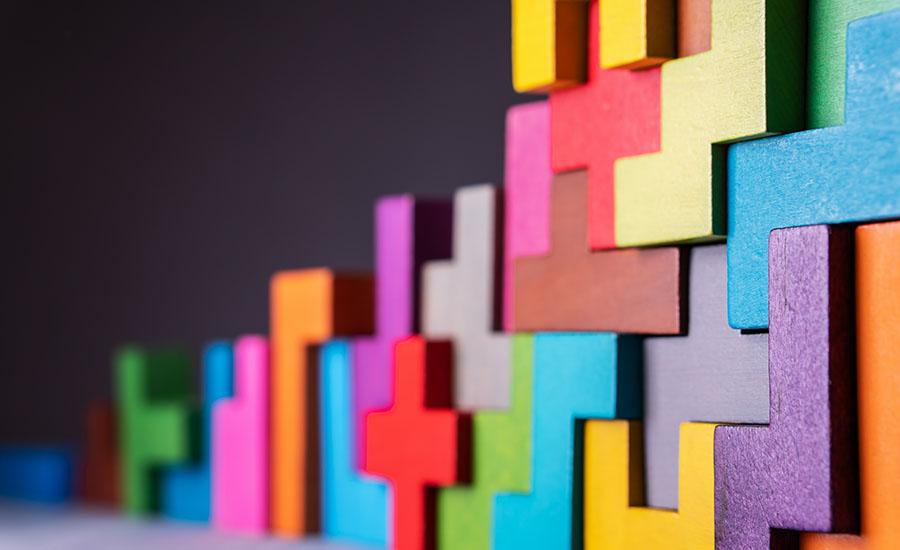
Bee-Bot Board Game
Create a Bee-Bot board game, and program the Bee-Bot to move through the game board. Students will use the steps of the engineering design process as they work as a team to create and play their game. Students will need a game board (butcher paper), Bee-Bot, student planning pages, and markers or crayons. Optional materials include dice or other manipulatives. The lesson begins with a review of programming and Bee-Bot commands, then introduces the game board criteria. Finally, students imagine, plan, and create the game board.
Lesson Plan Link/URL
https://docs.google.com/presentation/d/1N-MpMp2wejmBzAzR1nWcPjo1dbW9GLjw/edit?u…Related Content

The lesson objective to introduce students to the engineering process. Students will be able to implement basic engineering concepts and problem-solving skills using the Wonder Dash robot and LEGO

Students use large building bricks to practice computational thinking, direction giving and being specific in those directions. This lesson can be completed in one 30-45 minute class session. This is

This lesson takes place in a classroom over two weeks. Students may work in small groups of 2-3. Prior to the robotics challenge, teachers should facilitate student discussion through guided lessons